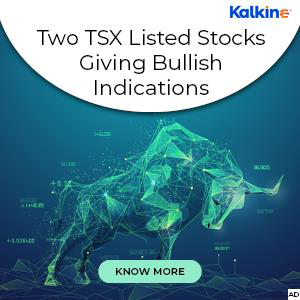Highlights
- Institutional Ownership: Approximately 46% of Jamieson Wellness shares are held by institutions, indicating a substantial influence on stock price movements.
- Concentration of Shareholders: 51% of the company is owned by the top 12 shareholders, revealing a significant concentration that can lead to volatility.
- Market Implications: The dynamics of institutional ownership suggest both confidence in Jamieson Wellness's potential and risks related to stock price fluctuations tied to institutional trading decisions.
In the health and wellness sector, Jamieson Wellness Inc. (TSX:JWEL) stands out not just for its product offerings but also for its significant institutional ownership. As institutions hold approximately 46% of Jamieson Wellness, their trading decisions can greatly impact the stock's price movement.
Shareholder Composition
The ownership structure of Jamieson Wellness reveals that 51% of the company is concentrated among the top 12 shareholders. This concentration indicates that a limited number of entities hold significant sway over the company’s stock performance. The implications of this shareholder structure are considerable, as major stakeholders often have the resources to influence company decisions or react quickly to market changes.
Institutional Ownership Dynamics
Institutions generally have a strategic interest in the companies they invest in, seeking long-term value. However, their substantial stake in Jamieson Wellness also means that the stock is susceptible to the actions of these larger players. For instance, if institutional shareholders decide to sell their positions, it could lead to a decline in the stock price, affecting other shareholders.
Insights from Ownership Data
Ownership data, combined with insights from market analysts, can provide a clearer picture of Jamieson Wellness’s future prospects. The significant institutional holdings may signal confidence in the company's growth trajectory. However, it also highlights the risks associated with high concentration; the volatility can be more pronounced during market fluctuations, leading to rapid price changes.





